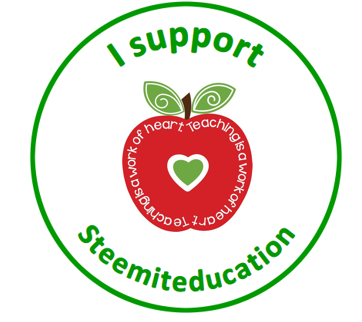Our Space - Part 8 Planets (Mercury and Venus) - Lesson for small kids
You know by now that in our Solar system there are 7 planets that orbits the Sun - It use to be 8 but Pluto was declared a 'dwarf planet'.
We will have a look at some extra information on the different planets. Each of the planets has specific features, a certain amount of moons, differ in the time they take to orbit once around the Sun and different temperatures and conditions.
Can you name the 7 planets?
Watch the video for extra information.
The closest planet to the Sun is Mercury - now you can think for yourself that you will not be able to life on this planet, because it is too hot. Lets look at some other facts on Mercury.
- The surface is a lot like our Moon - it is filled with craters and no plant or animal life
- The Sun is as you know scorching hot, so just imagine the planet closest to the Sun... during the day it can become up to 400 Degrees Celsius
- Mercury does not have an atmosphere like Earth does so all the heat escapes at night and it becomes very cold like in minus 180 Degrees Celsius - what?? You will either be burned to a crisp or totally freeze - we cannot life here
- As we said, there are no atmosphere and because of this there is no wind or weather - the same as on our Moon
- On the surface of Mercury there is no air or water, but it is maybe trapped inside the planet. The scientists are not sure about that yet
The second planet from the Sun is called Venus. Lets gather extra information on this planet and see how and if it differs from Earth
- Venus is almost the same size as Earth, has the same gravity, but the temperature and surface differs a lot - it is covered with thick clouds and there are many active volcanoes. The air is mostly made up of carbon dioxide - the gas we exhale, so we will not be able to breathe there
Venus is surrounded by clouds consisting of mercury, ferric chloride hydrocarbons and sulphuric acid. These clouds create the most corrosive acid rain found anywhere in our solar system.
- The thick clouds that cover Venus, keeps most of the light out, but the light that does get through gets trapped under the clouds and heats the planet up -Venus is the hottest planet in our Solar system and can reach temperatures of up to 500 Degrees Celsius.
- Venus has no liquid water on it because of the heat it will evaporate very fast.
Tomorrow we will learn about two more planets - Mars and Jupiter.

Team South Africa banner designed by @bearone


If you would like to support the educational community by delegating to @steemiteducation, please click on any of the following links. This will ensure that more teachers are supported on a daily basis.
100SP 200SP 300SP 400SP 500SP 750SP 1000SP 2000SP 3000SP 4000SP 5000SP 10,000SP 25,000SP